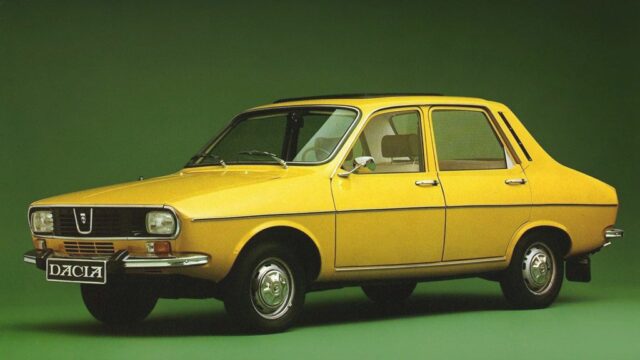We follow closely Dacia’s evolution over the past 50 years
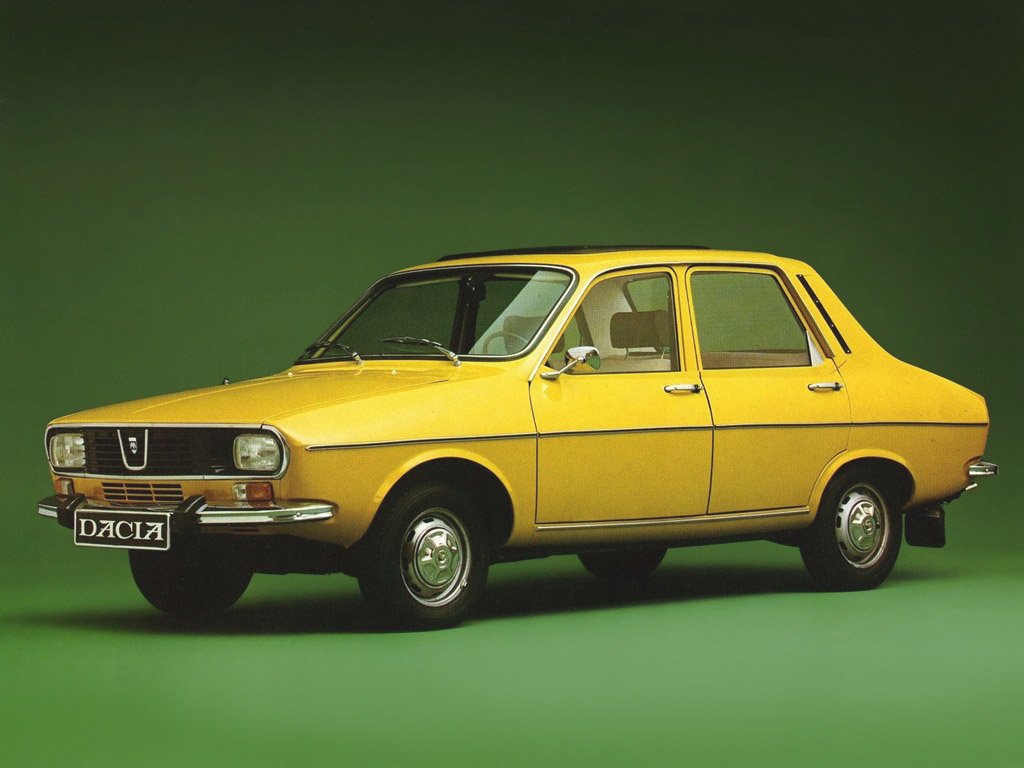
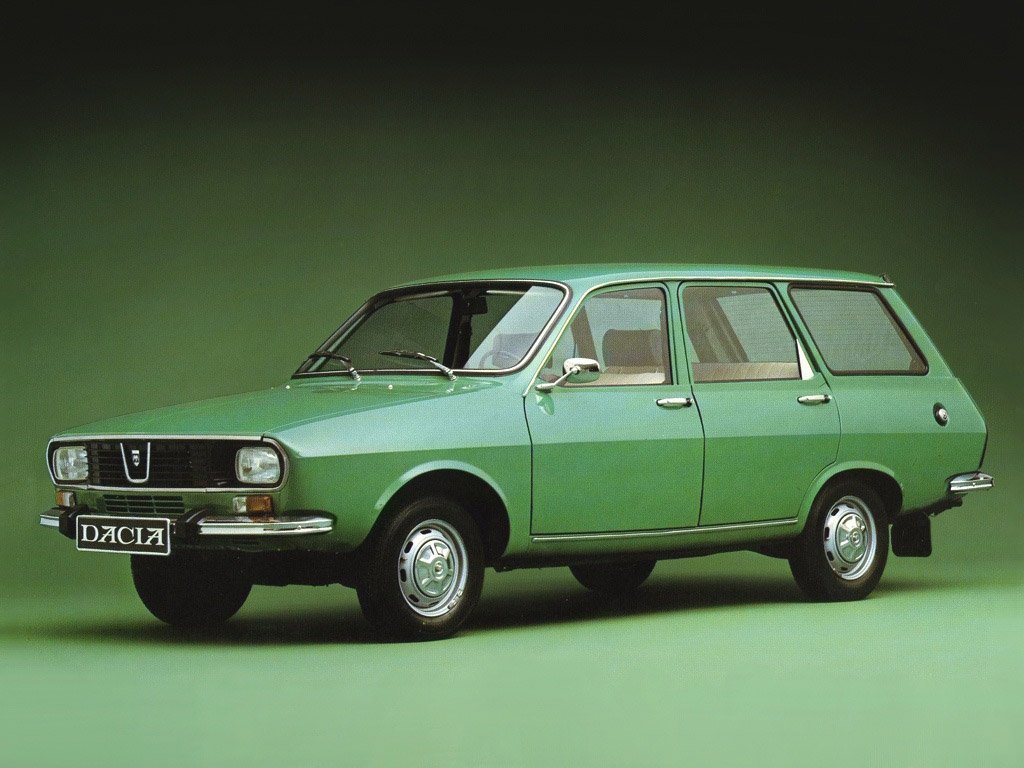
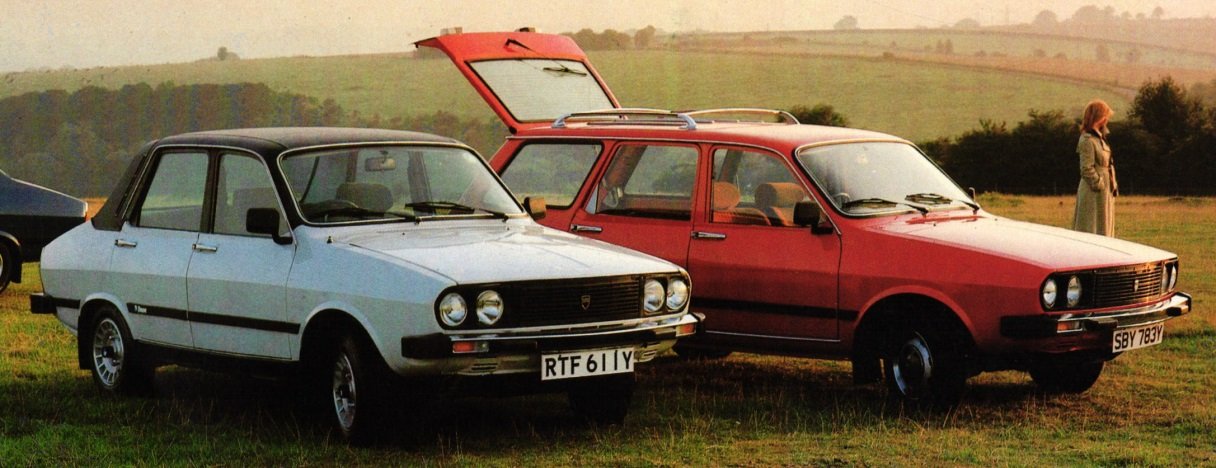
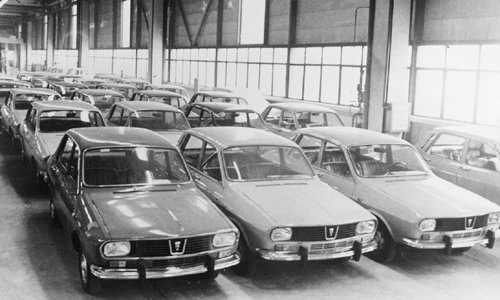
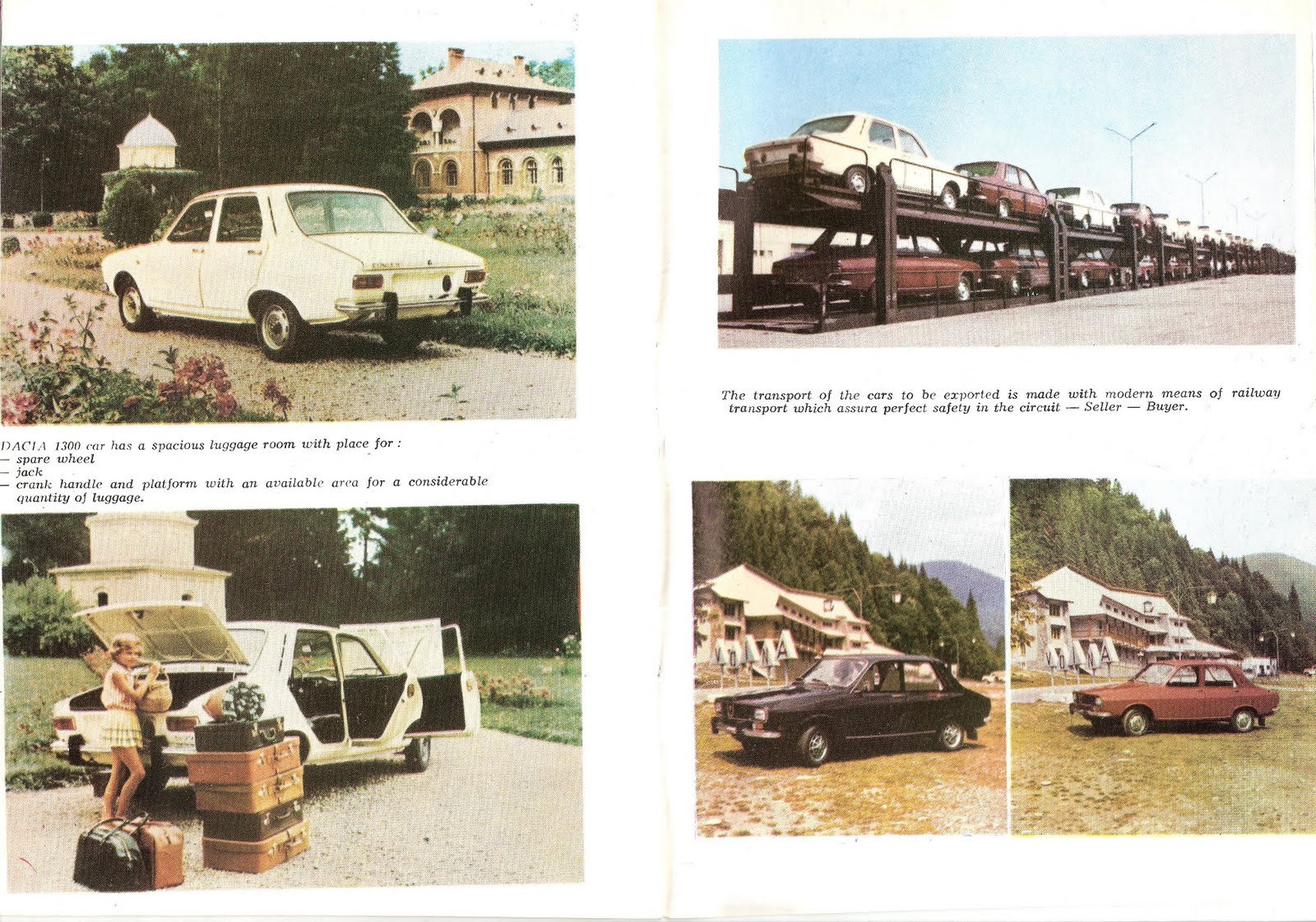
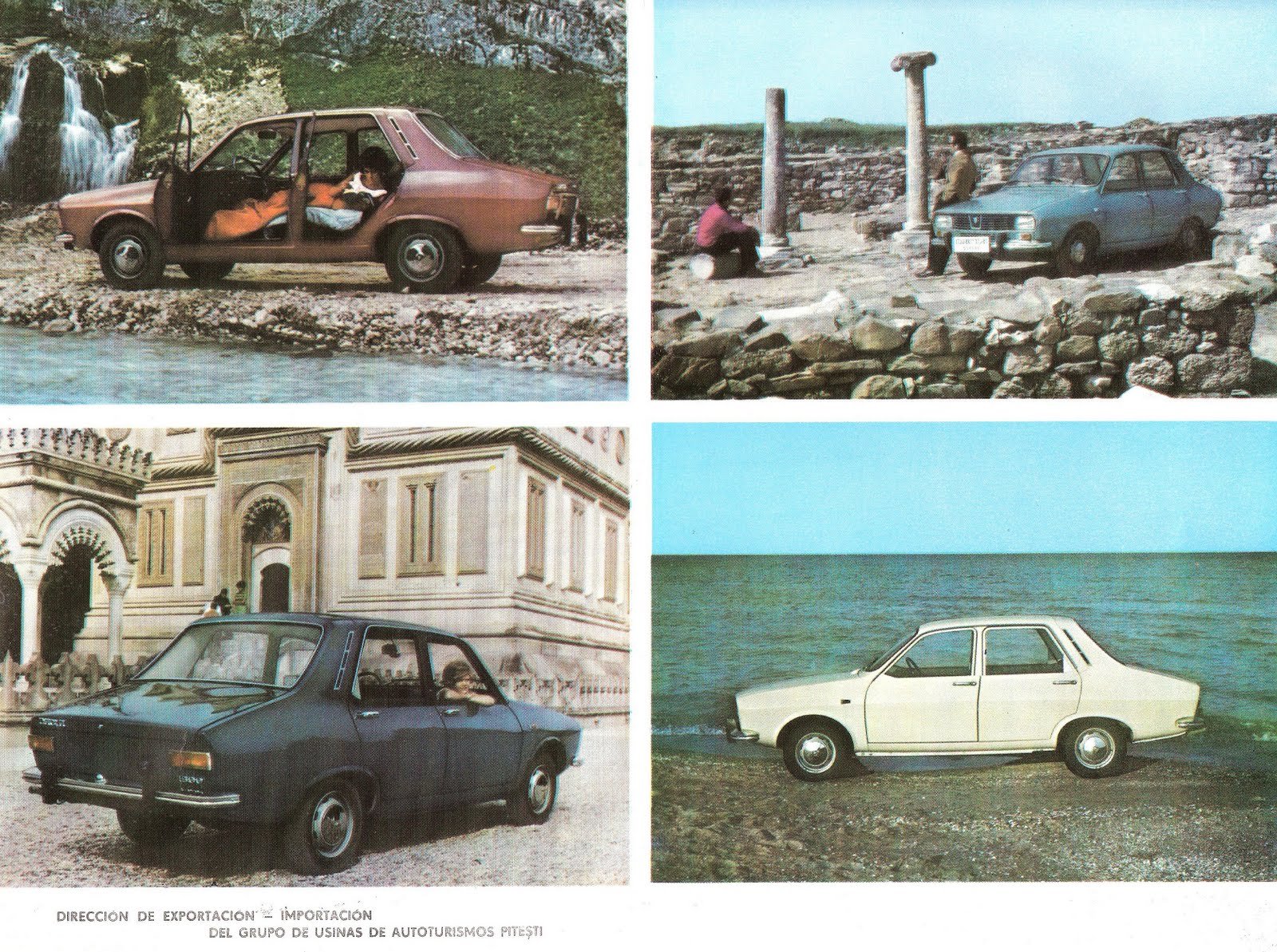
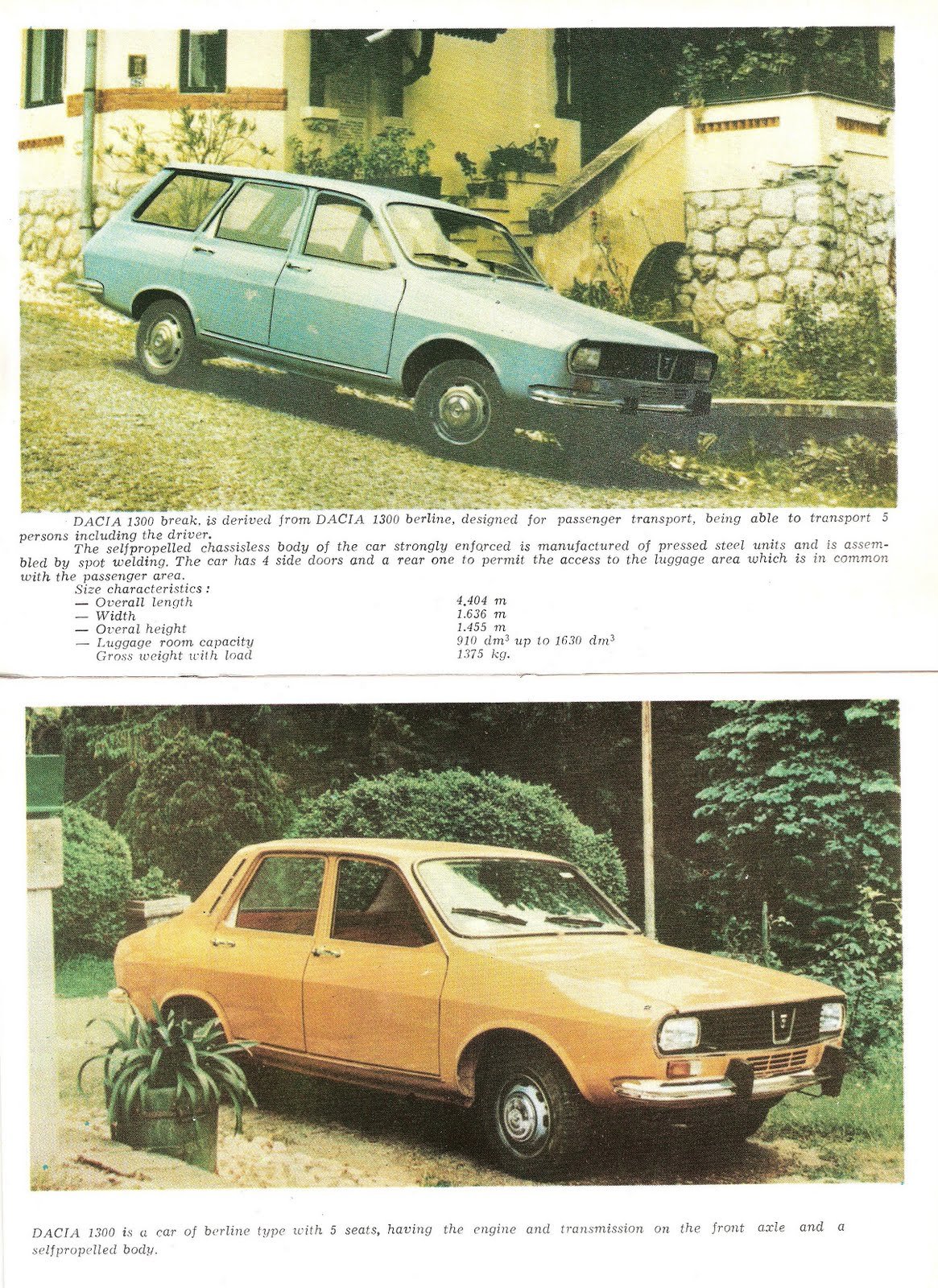
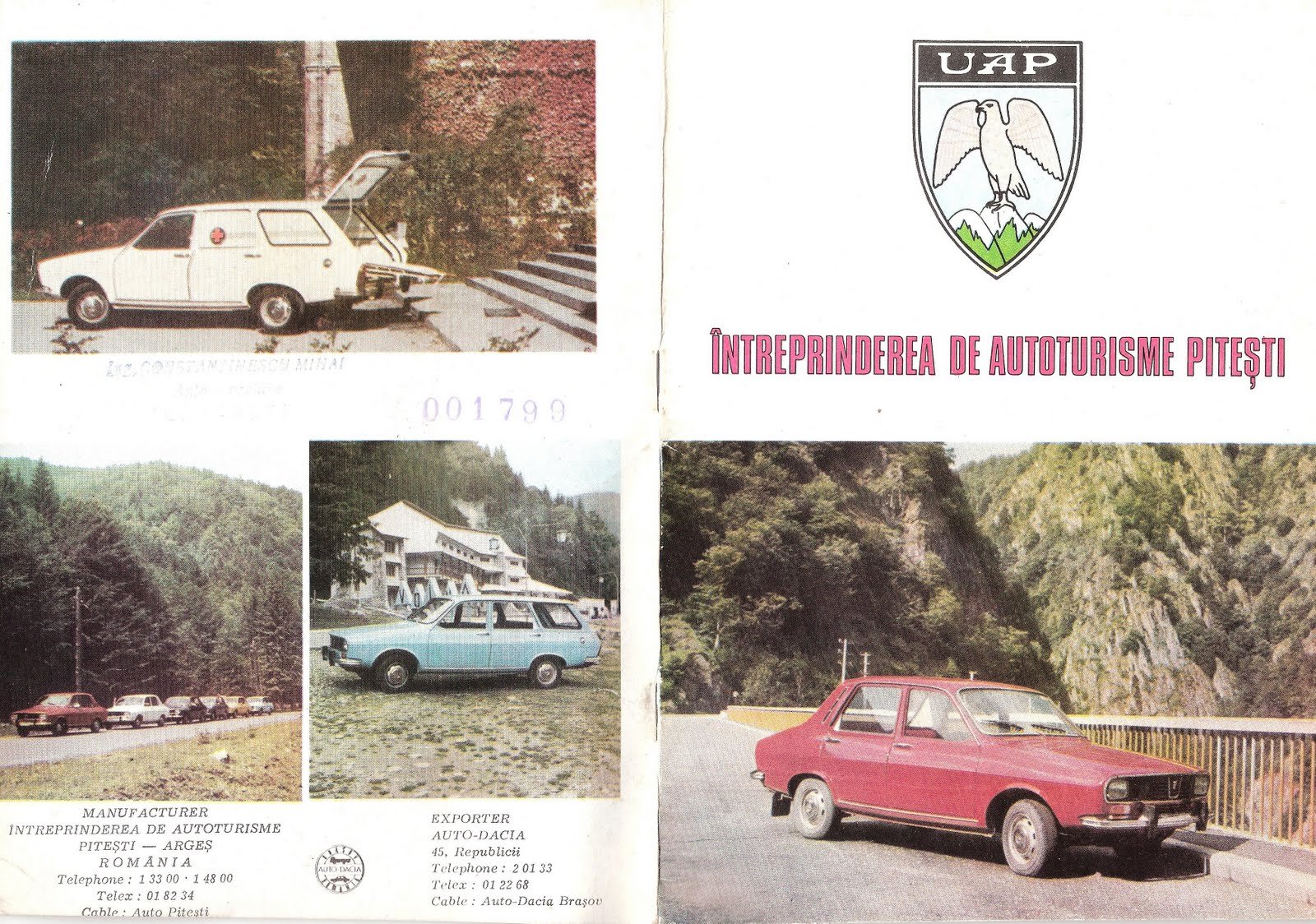

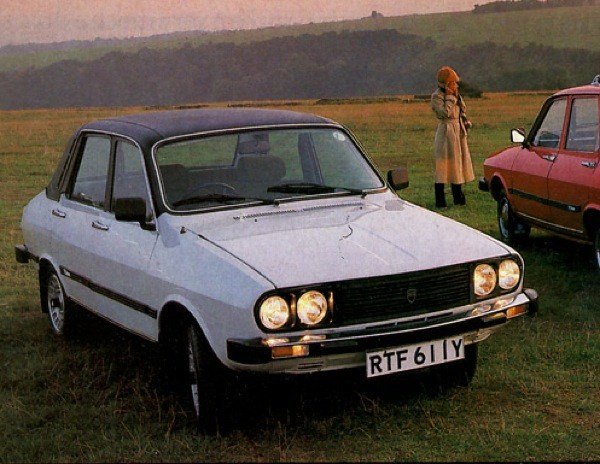
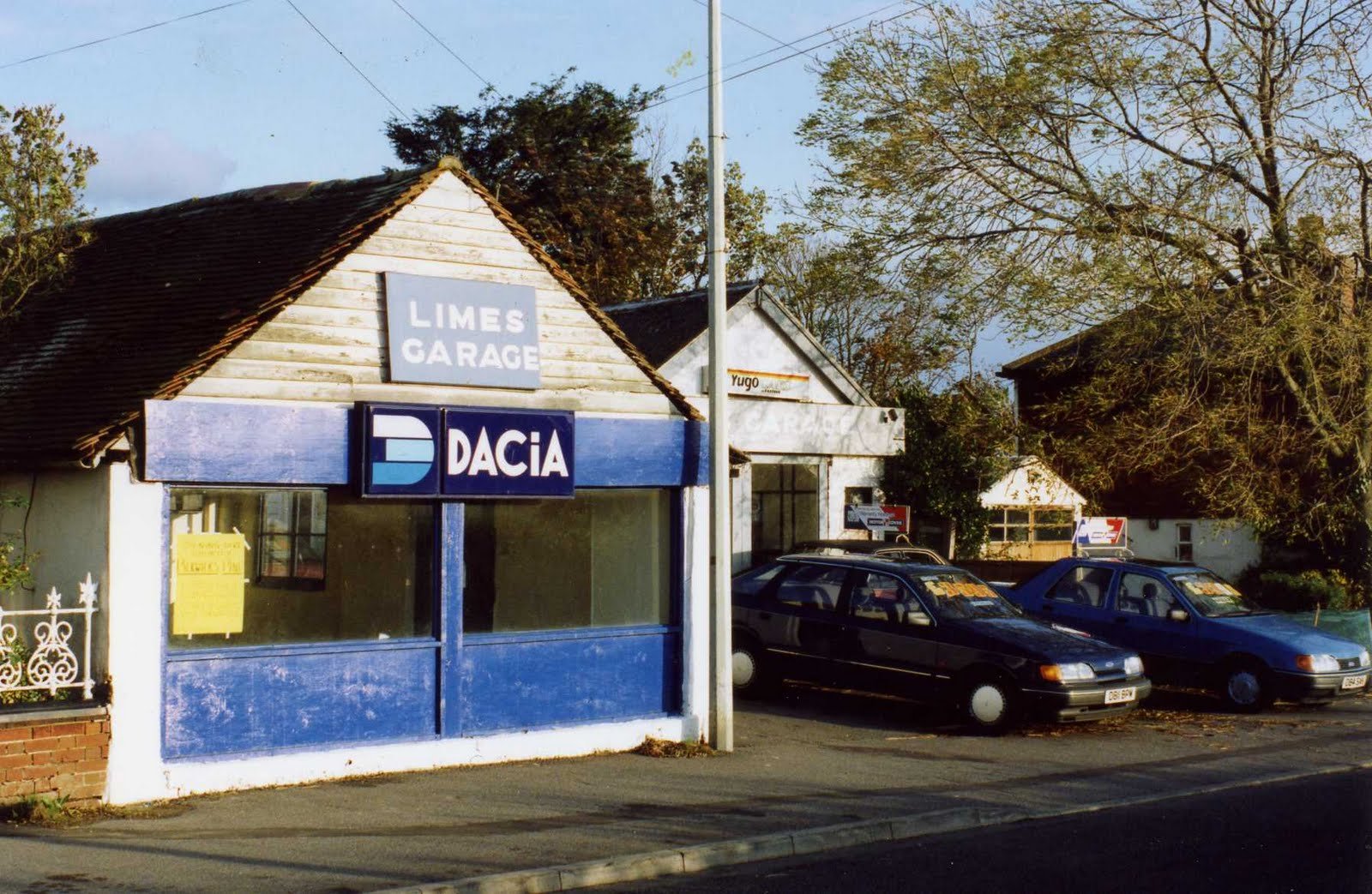
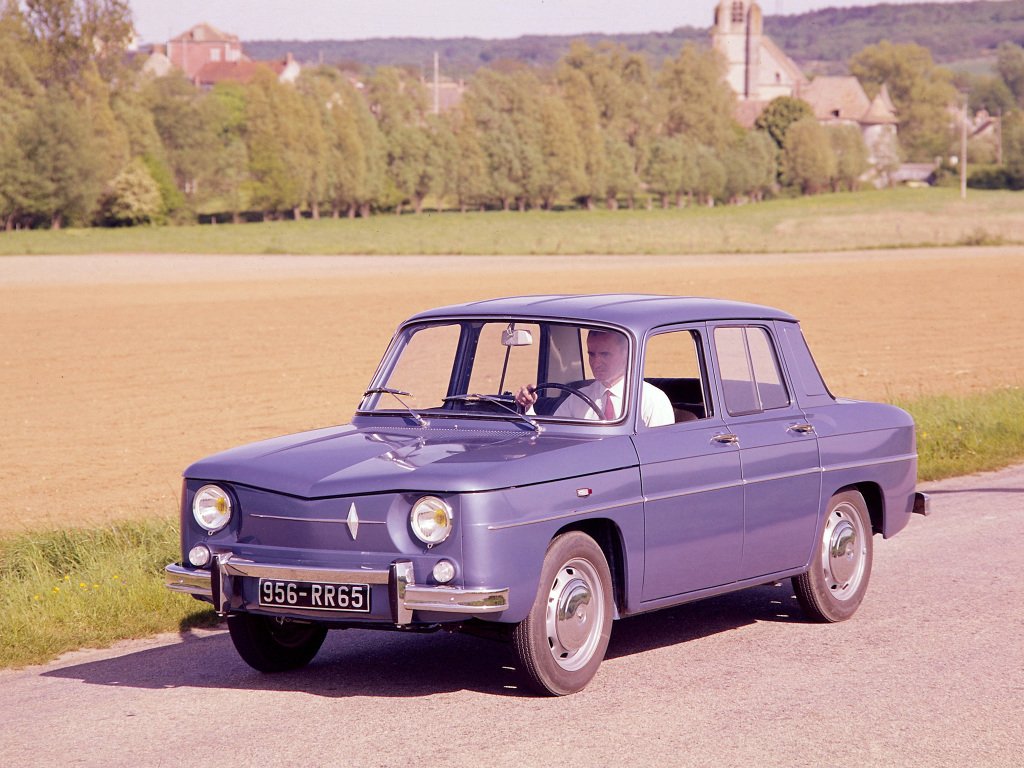
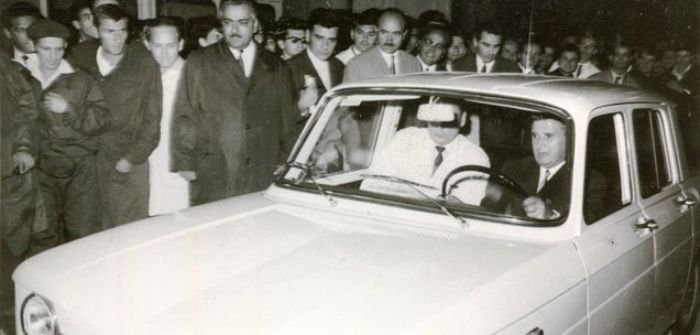
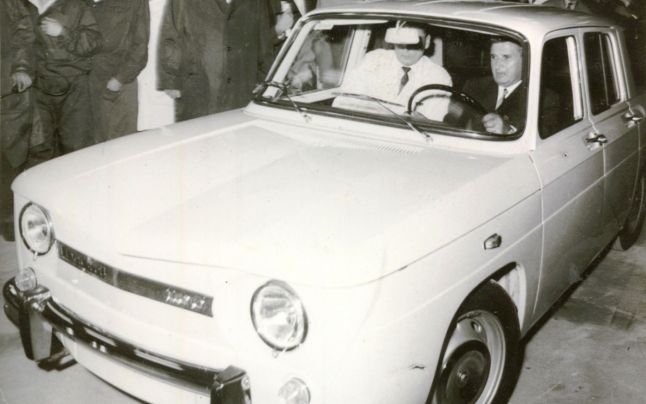
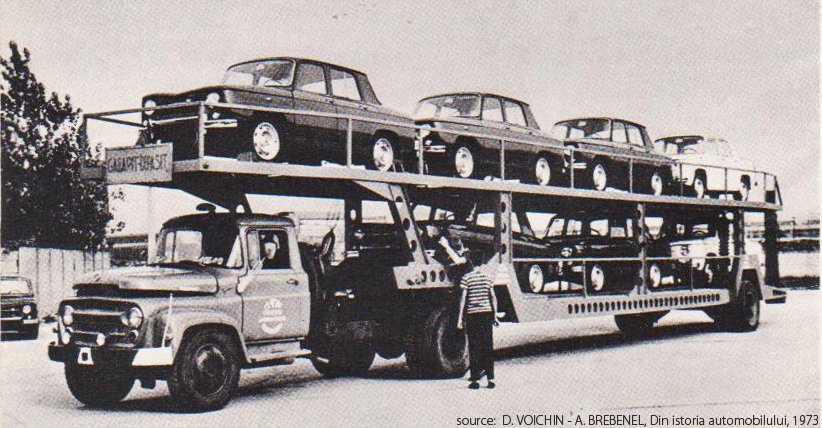
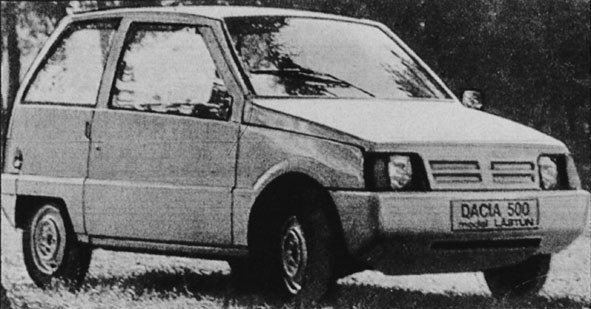
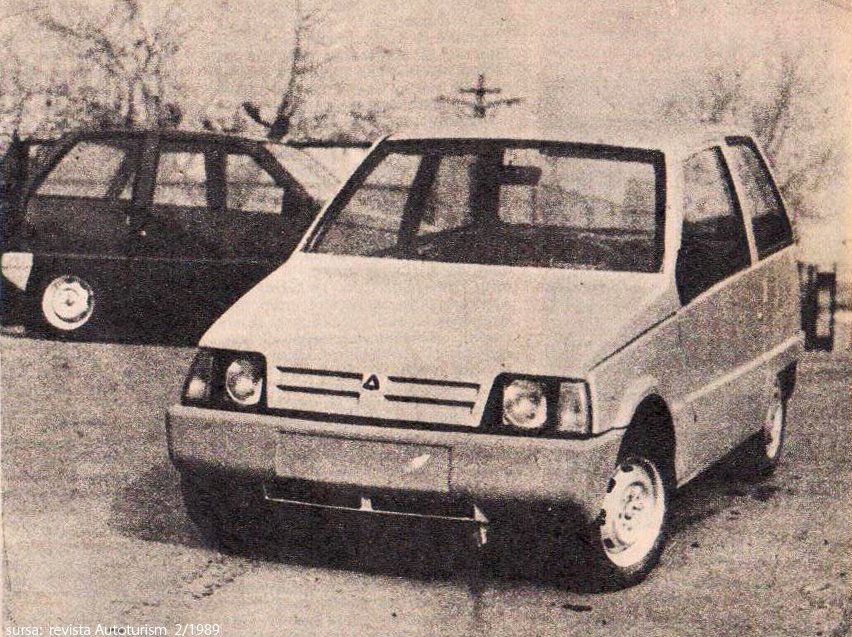

Dacia’s roots span back to 1966, in Colibași – known today as Mioveni. The carmaker’s initial name was Uzina de Autoturisme Pitești (roughly translated as Pitești Automobile Plant), and it was to play a great role in Nicolae Ceaușescu’s ambitions to Westernize the country.
Slow start
Through a pact between the Romanian authorities and French carmaker Renault, the Dacia plant (finished in 1968) was given access to the designs and required tools to build the Renault 12. The Romanians wanted to shorten the time gap between R&D works and the actual launch of the model, so a foreign license was agreed upon for a mid-sized car powered by an engine displacing between 1,000 cc and 1,300 cc.

[NativeAd]Quick fact: On July 1st 1968, trial sessions kicked off for the plant’s 217 workstations and on August 3rd 1968, the first engine underwent testing.
Five carmakers launched bids, each offering one of their models as muse: Fiat with the 1100D, Alfa Romeo with 1300, Peugeot with the 204, Austin with the Morris Mini and Renault with the 12. Renault eventually won, aided by the president Charles de Gaulle’s visit to Romania in 1966, which ultimately led the Communist party to pick the French carmaker as license provider for the new Dacia.

Renault, however, withdrew its bid for the Renault 12 and instead, allowed the Romanian side to build a substitute model. That’s how Dacia began the licensed assembly of the boxy Renault 8, which was to be known as the Dacia 1100.
Quick fact: Between 1968 and 1971, Dacia built 37,546 units of the 1100.
The Dacia 1100 was nothing more than a rebadged Renault 8. The French carmaker shipped the components to Romania, where they were put together by Dacia workers. Dacia 1100 production kicked off on August 20th 1968, with the very first model being offered as gift to dictator Nicolae Ceaușescu.

Power came from a rather lethargic, rear-mounted and carbureted 1,108 cc petrol engine making 46 hp, married to a four-speed manual. The 1100 was rear-wheel drive and tipped the scales at 760 kg (1,676 lb).
Quick fact: The Dacia 1100 could reach a top speed of around 132 km/h.
Building momentum
What really boosted Dacia’s popularity was, however, the 1300. Dacia 1300 was, in fact, the car that should have been built initially according to Renault 12 plans. It eventually entered production in 1969, after the Renault 12 made its debut in France. Both cars were identical. The only elements that set them apart were the badges and nameplates.

Although the original contract specified the partnership between Renault and Dacia with regard to building the 1300 was to expire in 1978, the Romanian carmaker kept building it for three more years, until 1981.
Quick fact: The first Dacia 1300 left the plant on August 23 and it soon became a cult car for Romanians.
A plethora of versions derived from the Dacia 1300 followed in the years to come. 1970 marks the debut of the Dacia 1300 Standard and 1300L – “L” came from luxury. Come 1973, Dacia adds the 1300 Break (an estate version of the 1300 sedan) and one year later, the 1301LS hits the streets, but it wasn’t destined for the average citizen.

“LS” was short for super luxury and only high-ranking members of the Romanian Communist Party had access to one. The feature list included the likes of built-in radio, higher front seats, side mirrors and glovebox lighting. Black was the only available color.
Quick fact: The 1,289 cc engine used in the Dacia 1300 made 54 hp harnessed by a four-speed manual gearbox. Top speed was 144 km/h.
More variations of the 1300 are churned out by Dacia, including the 1302 pickup, the 1300F (also an estate, but stripped of the rear seats, destined for carrying various items) and 1300S (converted for use as ambulance).

A facelifted version of the 1310 came in 1979, namely the Dacia 1310. With this shallowly tweaked model (the only mod was the redesigned radiator grille) Dacia even managed to penetrate the UK market, where it sold the 1310 under the Denem moniker, advertised as “nice” and “very acceptable” and looking to compete with the likes of Lada 1200, Skoda Estelle and Yugo 511. The Denem was the most expensive of the lot and the Brits didn’t quite appreciate it, but the Romanian embassy in London is known to have used a fleet of Denems.
Quick fact: In the UK, the Dacia sold the Denem (1310) for £3,190.
A dance of fancy and junky
The late 1970s marked another French-Romanian collabo. This time, the Communist Party nomenklatura wanted a car for the elites, which came as the Dacia 2000. Basically a mashup between the Renault 18 and Renault 20, the Dacia 2000 came to Romania from France in the shape of kits – some sources say the Romanian side brought the seats and the batteries.
[NativeAd]The Dacia 2000 was also a big hit with both Elena and Nicolae Ceaușescu, as the couple was often seen in one. Average people couldn’t get one – it was reserved for the Party’s top dogs, who enjoyed a list of features unfathomable up until that point on a Dacia model.

Moreover, the couple’s car had electric windows, three-speed automatic gearbox, power steering, air conditioning and 115 hp coming from a 2.2-liter engine (other variants came with 96 or 110 hp coming from 1.6- and 2-liter engines, respectively).
Quick fact: Ceaușescu never sat behind the wheel inside the Dacia 2000, but he also avoided the back seats, choosing to sit in the front passenger’s seat.
In complete contrast with the luxury ambitions of the Dacia 2000 was the Dacia 500, also known as Lăstun (the Romanian word for martin bird or swallow). The short-lived Dacia 500 started as a concept in 1984, but the first models came out of Timișoara’s Întreprinderea de Autoturisme (roughly translated as the Automobile Enterprise) – formerly known as Tehnometal – in 1988.

By that time, Nicolae Ceaușescu wanted a self-sufficient country that could develop and thrive without exterior aid. In his vision, the Dacia 500 Lăstun would be a small, economical, town car.
Quick fact: Dacia 500 had a two-cylinder, 499 cc engine that made 22.5 hp. Top speed was 106 km/h and the car tipped the scales at 590 kg, with the engine alone weighing 67 kg.
The dictator’s instructions were clear: the car had to be less than three meters long but able to haul two adults and two children. Moreover, the fuel consumption was not supposed to go over 3 l/100 km. Unfortunately, the workers of Tehnometal were more skilled in building rabbit cages and had zero automotive experience, which translated into a disastrous build quality.

On top of that, Nicolae Ceaușescu wanted the car out on the streets as soon as possible and demanded the workers to skip any R&D phase and just get on with molding the components and final assembly. 6,532 units were ever built, with each and every one showing numerous flaws. This determined owners to form an association and ask for compensation, without much success.
In 1989, the Romanian Revolution came and the Communist regime fell. From here on, Dacia’s path would be one seasoned with many changes, that ultimately built up the Dacia brand as we know it today. We'll deal with the subject in the upcoming Part Two of this material.
